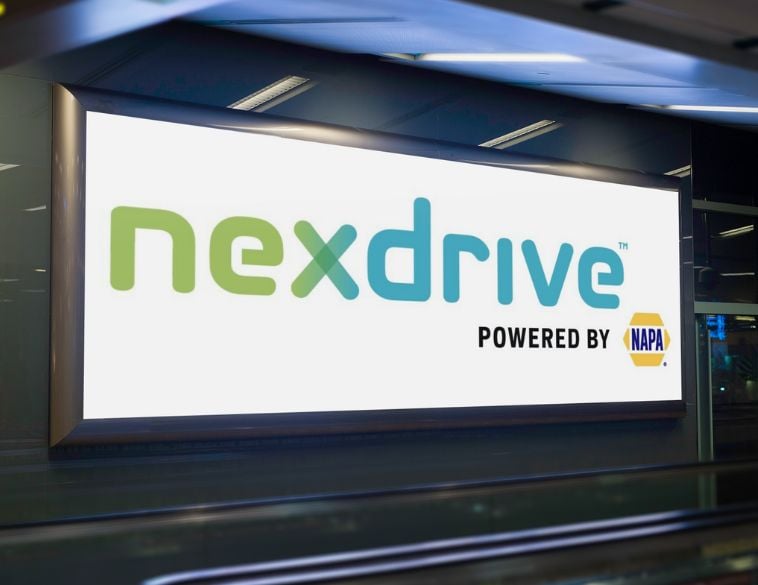Governments have boldly declared mandates on zero-emissions vehicles beginning in the 2030s, but what are the real implications?
In case you missed it, on June 29 of this year, the Canadian Federal Government passed into law a mandate requiring all vehicles sold in Canada to be zero-emissions vehicles (ZEV) by 2035, a relatively short fourteen years from now.
In terms of automobile research and development, that is only two generations of vehicles from what is sold in showrooms today.
The vehicles already being developed today are most likely the last generation of ICE vehicles for North America, and perhaps the world.
The electric future has arrived, the next generation of vehicles that follow will be zero emissions.
Global groundswell
There were many signs, some subtle and others much more obvious, that this was coming.
Following the lead of California, which had also announced a 2035 cutoff date (along with the 14 states that follow California’s emission policy), the provinces of Quebec and B.C. had already announced ZEV requirements and mandates for 2035 and 2040, respectively.
There is also pending legislation in many countries around the world, with similar dates so it is an understatement to say it is a game-changer for the industry.
It is beneficial that Canada is aligning their legislation so there is some amount of consistency. Of course, many aspects of this shift could change before 2035.
The date could be pushed out, the next government in power might alter the legislation, and so forth. But at some point, this is the reality of the future of transportation if we are going to be kinder to the planet that we call home.
There are lots of ‘what ifs’ and ‘so what’s.’ Can today’s power grid handle the load put on it? (Likely not!) Do all Canadians want to go all-electric? (Likely not!) How will the charging infrastructure build-out progress? What will the impact be on the industry and specifically the values and lifecycle of vehicles? I would like to explore the latter question further.
Used vehicle impact
The “changeover” to ZEV will have a vast number of impacts on the used vehicle market.
The first being what I expect to be a significant disruption in the depreciation curve of ICE vehicles. I anticipate that depreciation will slow in the final chapter of the Internal Combustion Engine (ICE) vehicles for most market segments.
The last 2-3 years of ICE production will truly be precious metal to consumers who do not want to be forced to switch to electric.
It is simple supply and demand, and this will be driven by resistance to this big change on the part of some consumers.
When there is a limited supply of something in demand, the prices will go up.
It is quite feasible that many lightly used vehicles will sell above the original MSRP for many years to come after the 2035 date.
Closer to the “switchover” date, how tightly Canadian drivers want to hang onto their ICE vehicles will also depend a great deal on how the technology has progressed in EVs and how (or if!) the pricing has become more affordable.
If EVs remain at a significant price premium, you can expect people to want to cling onto the gas-powered wheels as long as possible, further tightening the supply of used ICE vehicles.
As the industry transitions, I do think it is reasonable to expect that many vehicles that may have been scrapped in years past will be kept alive by larger investments in repairs.
This will create a service shop boom. Look at the example of Cuba, many 1950s cars, from before the revolution, remain in service today with extensive repairs over the last 60 years.
Will almost every car, no matter how ordinary become a collector car? One can see if that you do not want to be forced into an EV, dropping a new motor into a car that is only worth a few thousand dollars becomes a bit of a bargain.
Terms and conditions
When 2035 arrives, the reality of what goes on the market will be influenced greatly by the precise terms and conditions of the legislation and what loopholes might exist.
Can Canadians import vehicles from other jurisdictions as they can today?
If you really don’t want an EV, then an ICE car imported from elsewhere might be just fine.
Around that time, it is to be expected that different incentives to “retire your ride” will be prevalent.
There will be all sorts of artificial pushing and pulling on consumers which will alter their behaviour including tax breaks or perhaps some punishment through taxes on ICE vehicles that remain on the road, or at the gas pumps.
The residual value (RV) risk for leasing today with ZEVs is very high.
The technology is changing rapidly, and there is a lot fewer data available for forecasters than there exists with ICE vehicles.
I do feel this is going to remain the case for at least the next decade until the number of ZEVs on the road increase.
Most vehicle manufactures would likely tell you in private that they wish they never had to lease an EV to a consumer, purely based on the risk around the future value of the asset.
However, given that about a third of Canadian vehicles are leased (and for luxury vehicles, it is over two-thirds), this demand forces the OEMs to lease on competitive terms.
Different solutions
Between now and 2035, the leasing industry will need to master the EV landscape and come up with innovative solutions.
Could leases not be based on years or km, but instead on the health of the battery pack?
Could lease RV risk be mitigated by leasing a vehicle twice?
Will planned remarketing efforts assume a battery pack replacement during the car’s life?
Right now, there are more questions than answers. If leasing is to continue to be prevalent in the market these thorny problems will need some innovative solutions.
In closing, if you are thinking about buying a large displacement muscle car you might want to act now.
If you pick wisely, the profits you make from selling it after 2035 might help to fund a few shiny new ZEVs of your choosing!
Brian Murphy is Managing Director, Kelley Blue Book & Data Solutions, Cox Automotive Canada and Brazil. You can reach him at [email protected].



